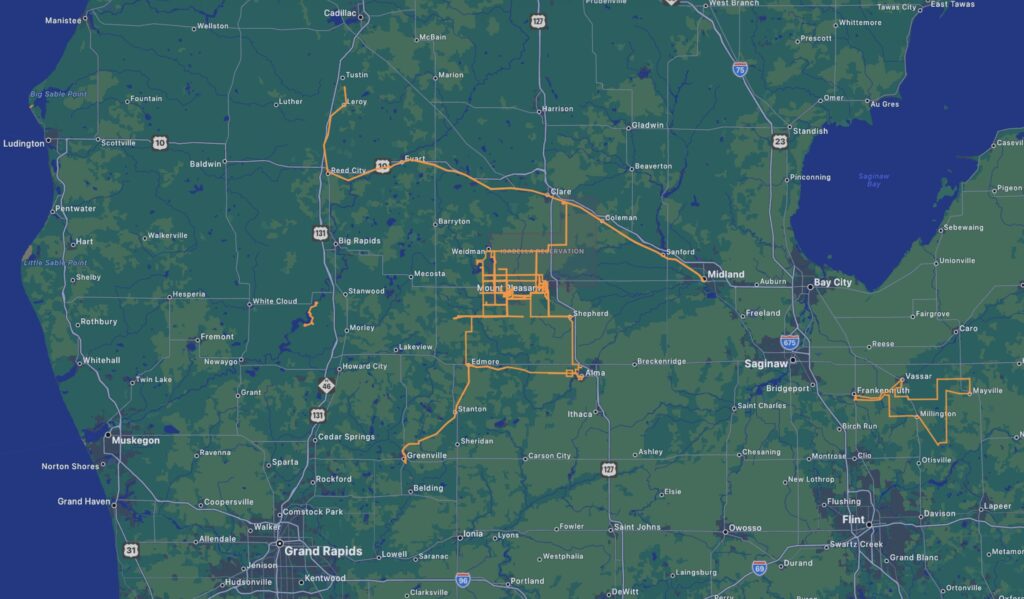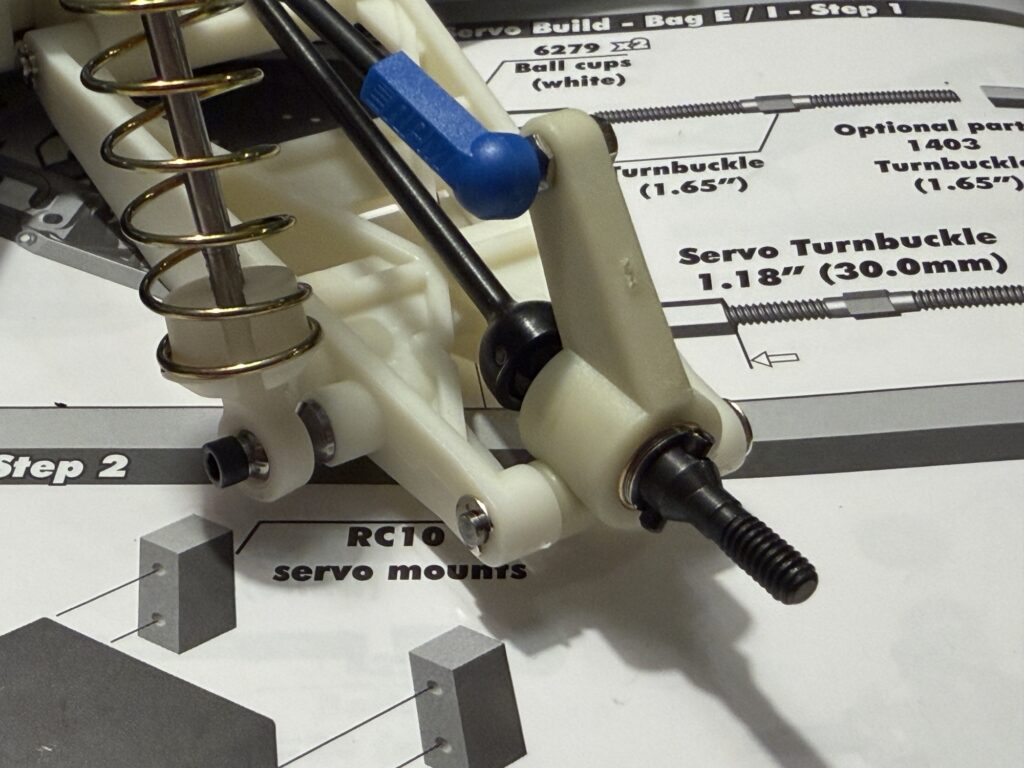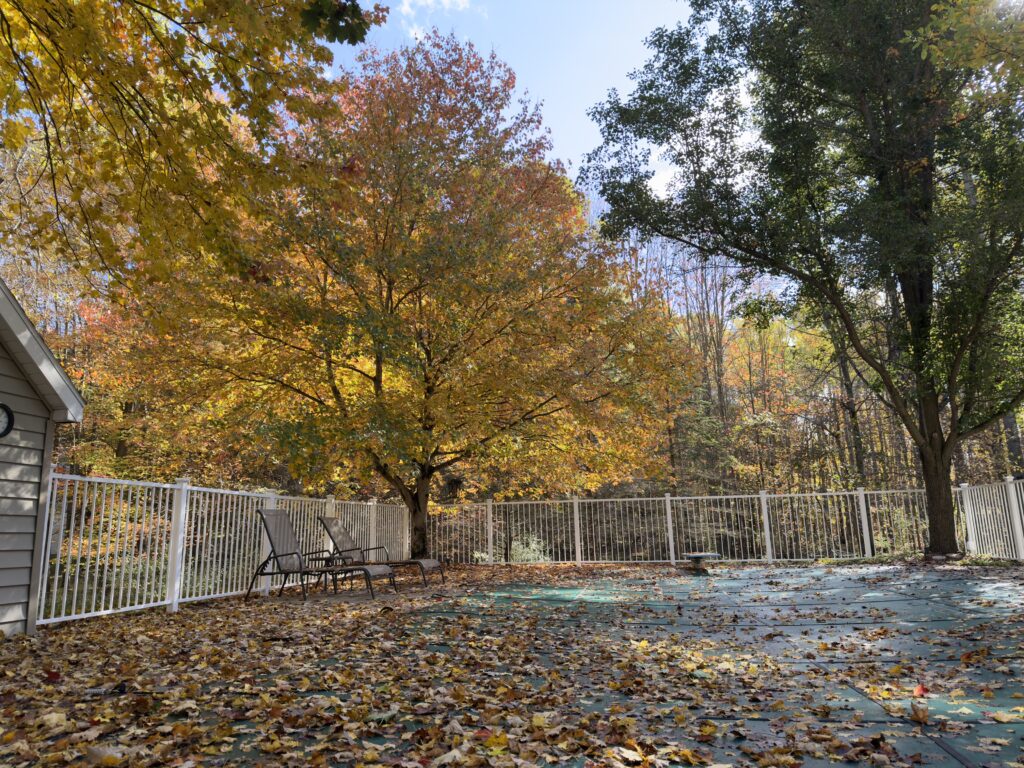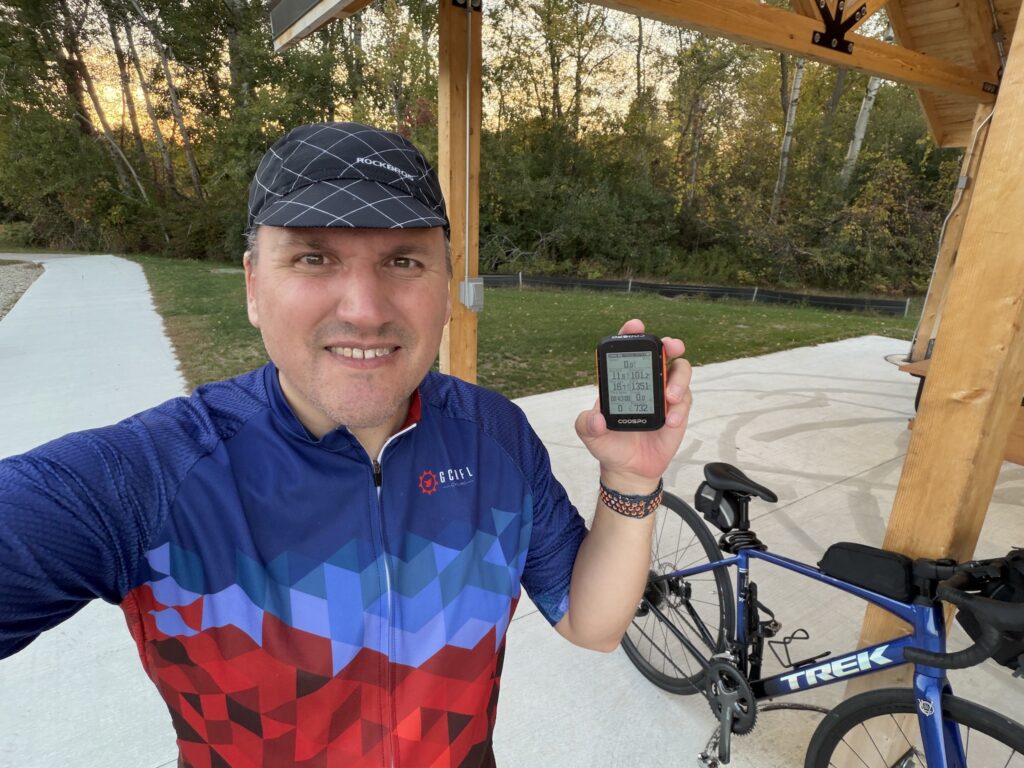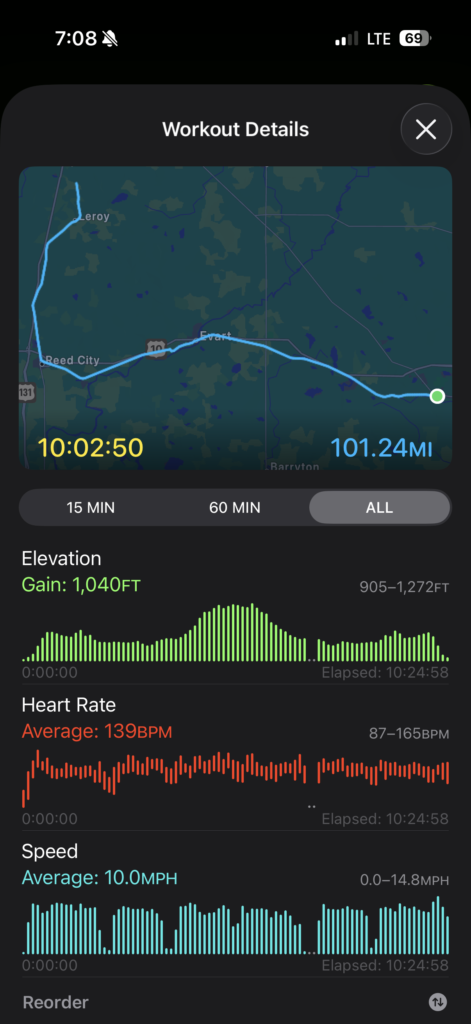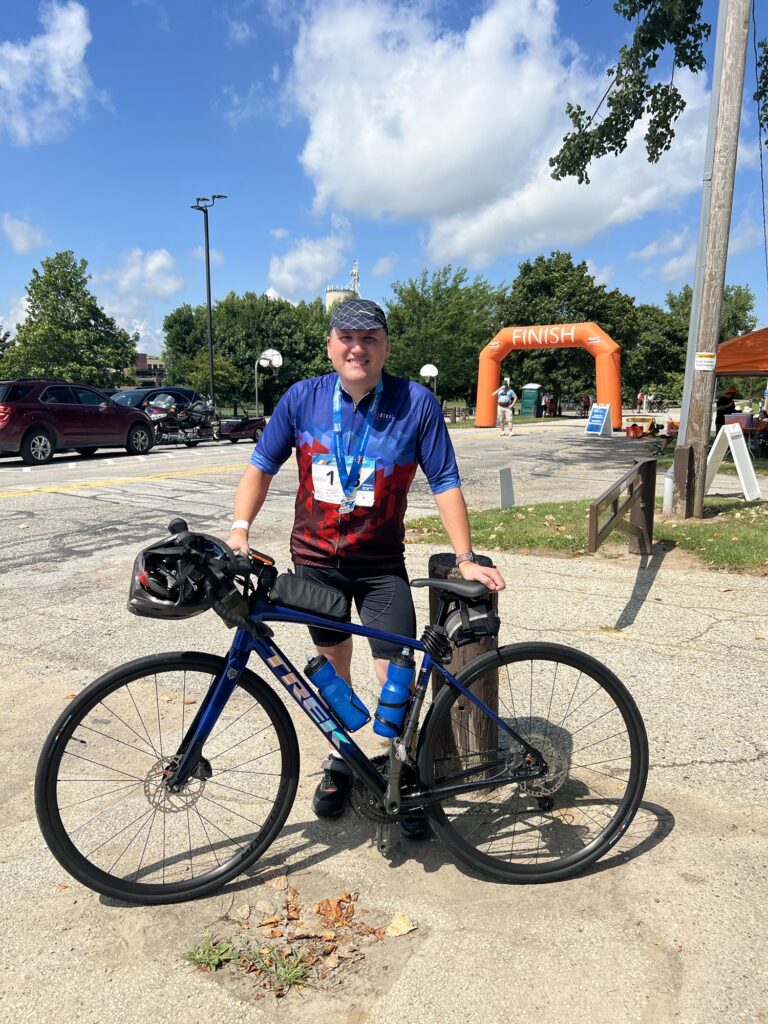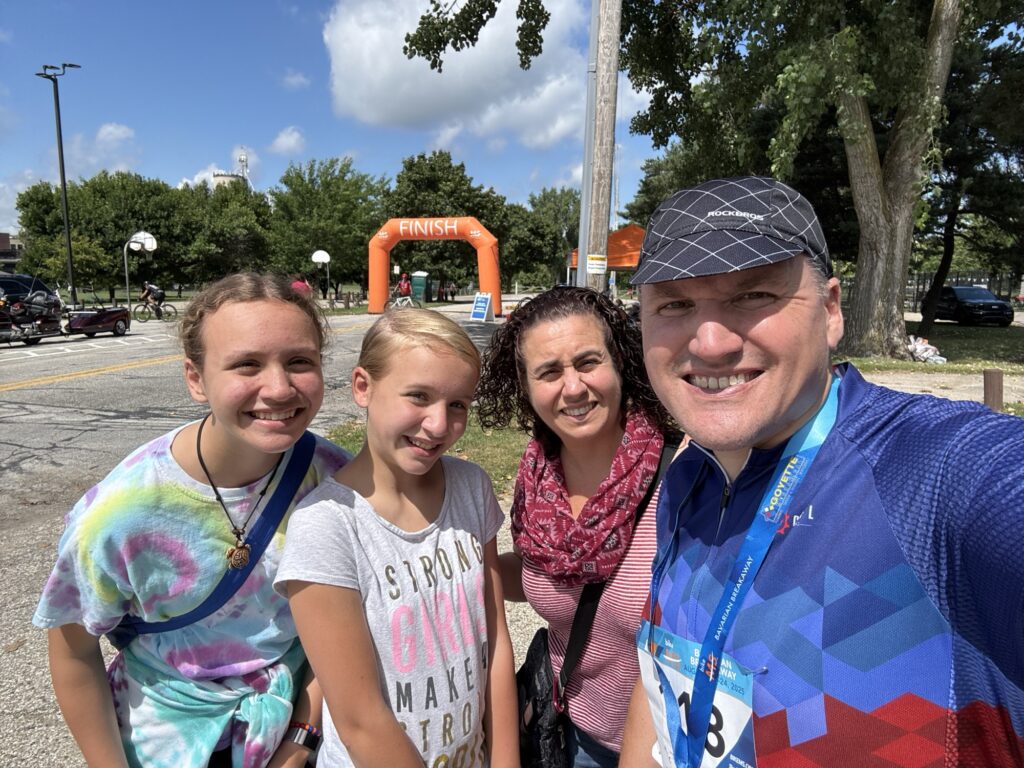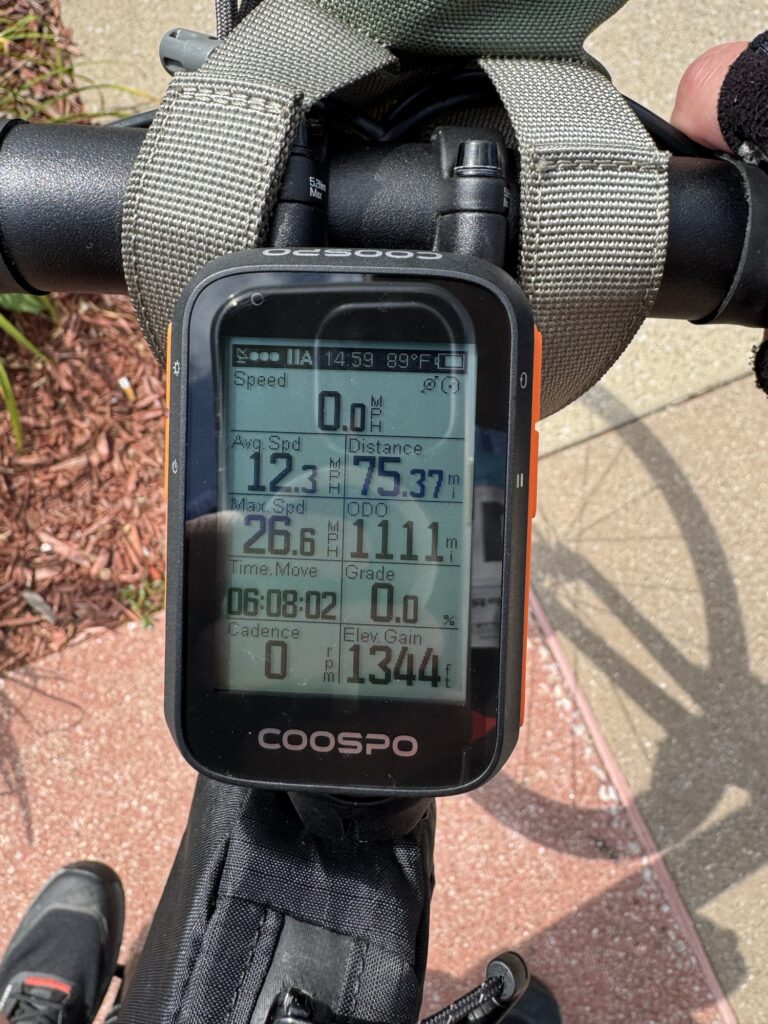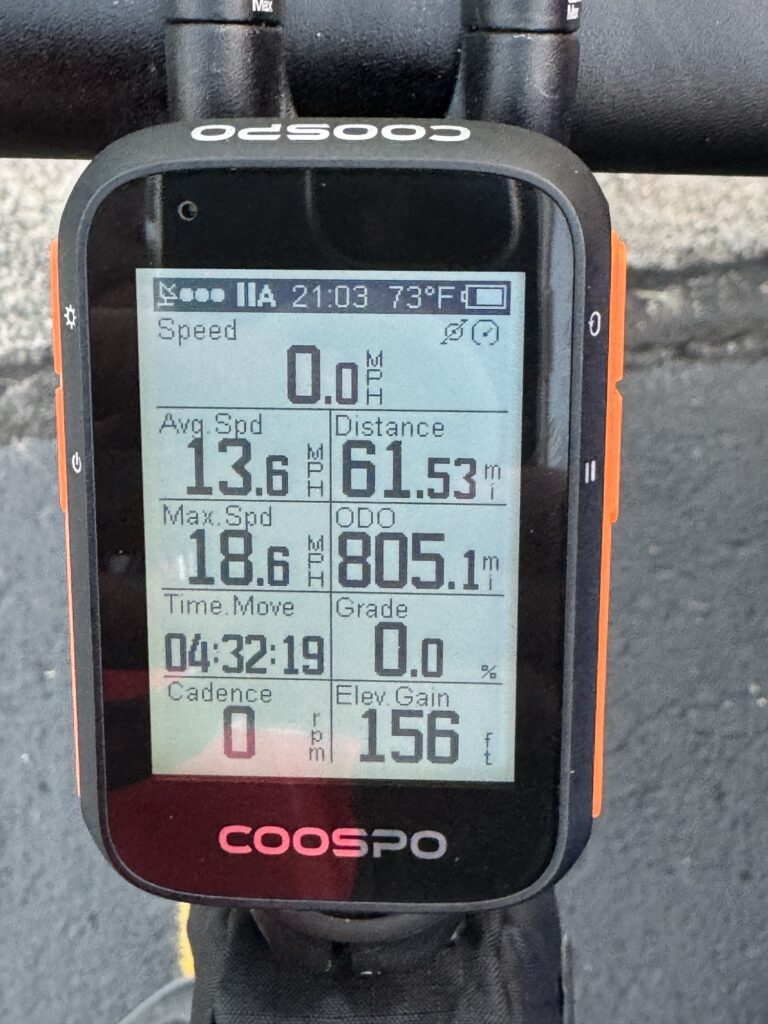One of the reasons I chose to work at Doximity is to help make a positive impact on community health through my work on developing iPhone apps. This news was announced awhile back, but I’m proud to be working for a company that invests in positive change toward underserved communities both in the U.S. and abroad.
https://people.doximity.com/articles/introducing-doximity-org
